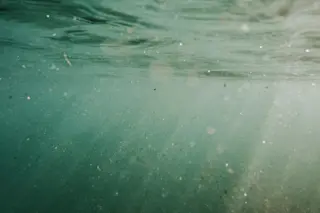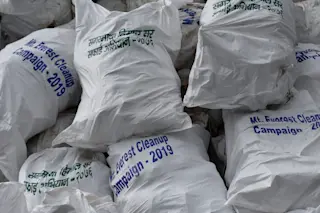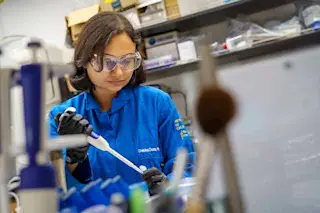Atmospheric levels of man-made chlorine compounds have been steadily climbing for more than 20 years. The chlorine has reached the stratosphere, where it has thinned the ozone layer, which normally shields the planet from ultraviolet light. In 1987, the United States and 23 other countries agreed to restrict the use of the most harmful chlorine compounds, known as chlorofluorocarbons. Last May a team of researchers announced that the concentration of these compounds in the atmosphere has begun to decrease.
The researchers, from the National Oceanic and Atmospheric Administration and the University of Colorado, monitored ten ozone-eating compounds at seven ground stations around the world, from Alaska to the South Pole. In 1994 they found that chlorine levels had reached an all-time high since they began their measurements in 1975. But in 1995 they declined by about 1.5 percent.
The decline does not mean instant relief for the ozone layer. The researchers measured chlorine levels near the ground; it will take years for enough of that air to mix into the stratosphere and alter its chemical composition. The ozone layer probably won’t make a noticeable recovery until 2010 or so. But this turnaround that we have observed has to happen before things start improving, says Stephen Montzka, an atmospheric chemist at noaa.
Last March the World Meteorological Organization reported that ozone thinning over the Northern Hemisphere was the worst ever; from January to early March, ozone levels were depleted by as much as 45 percent over a region stretching across Greenland, Scandinavia, and western Siberia. Moreover, the 1996 version of the annual ozone hole over Antarctica was only a little smaller than the record-breakers of recent years. Ozone depletion is as high as it has ever been, says Montzka. And certainly there is the potential for things to get worse in the coming years--at least until chlorine begins declining in the stratosphere. The problem is certainly not solved. What has changed is that we’ve seen that these efforts are making a difference in the atmosphere.














